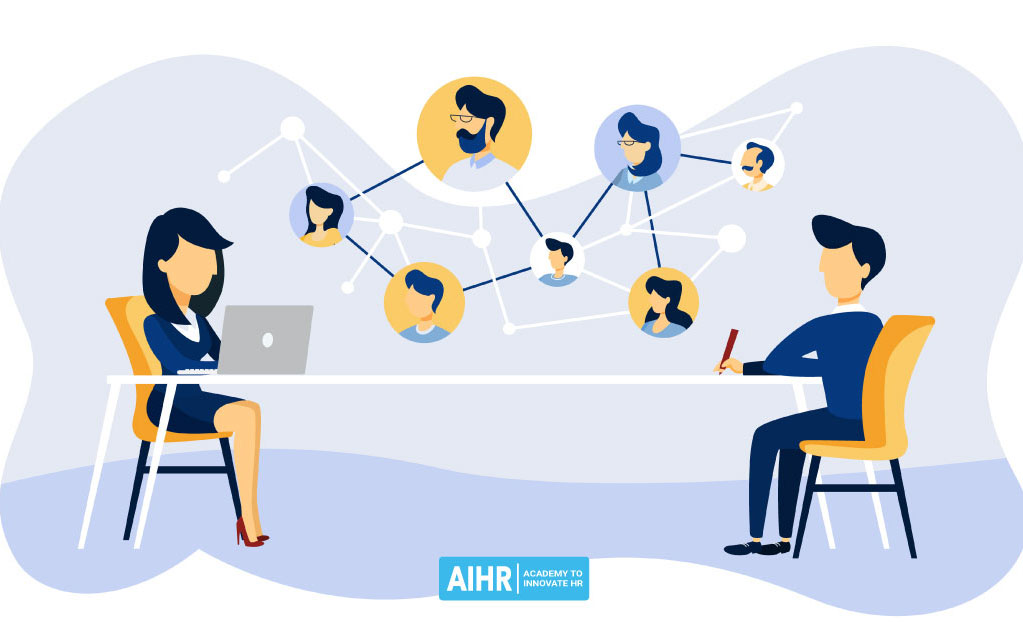
- March 27, 2022
- Adding effectiveness to HRM practices
I would like to thank the Human Resource Society Nepal and its President Mr. Mohan Ojha for providing me this opportunity to share my experience in this eminent platform.
With more than 15 years of experience in core human resource (HR)operation in different industries in India, a break into hydropower construction project in Nepal was a highly "go-get it" kind of opportunity for me. Coming from a core corporate culture in India’s economic hub Mumbai, it was a quite different experience to start in Nepal with most of the people calling 'Dai'. Setting up a HR function in newly set-up organization where your colleague will find you as just a record keeper of the organization is difficult situation to manage. Initiating with core HR functions like annual HR budgeting, developing job descriptions (JDs) with functional heads, developing annual training calendar, planning a quantitative performance management process need lots of
persuasions. HR being just a support function, making other vertical heads accepting your role is always a challenge.
None of the roles will turn out to be interesting unless it provides you a challenging situation. Five years back, sourcing candidates, itself was a difficult task because the online job platforms like Naukri and Monster were still to be built up. Few jobsites were there, the core technical candidates would not have entered in those placement sites, were very much working in more remote locations where updating profiles in regular basis in placement sites is last option for them. Situation has improved so far. These were the general findings for me, however, here I would like to mention about performance management process challenges generally anyone will face being in human resource department. It is not specific into hydropower or construction industry but as a standard process in any sector.
The major challenges I would like to include here are:
Creating annual budget for performance appraisals:
It is not much known in other sectors, but in the construction industry, annual operating plan not much scope provided to performance appraisal. Generally, most of the staffs get hired for contractual fixed term basis. This contract most of the time will be without provision of annual performance appraisal and increments. Introducing performance linked incentive and provisioning scope to focus on performance improvement/management helps a lot to develop result-oriented work culture, which will ultimately require cost provisions.
Setting KRAs and KPIs with functional/vertical heads:
To introduce an effective performance management mechanism expecting a quantitative result, Key Rating Areas (KRAs) and Key Performance Indicators (KPIs) have to be set well. These are the basics from where you can evaluate performance in realistic way. For this, the major contribution has to come from line managers till CEO. This needs many workshops to be participated by all team members, very costly idea in construction set up.
Using the bell-curve in performance management:
The normalized distribution or a bell-curve based analysis will be useful in differentiating performers and non-performers. Forced bell-curve is normal practice in many industries. However, in the construction industry, it is very difficult to implement this because there will be many unique roles and few team members. Line managers/ functional heads have to agree ratings of their team members. Effective KRAs and KPIs can help to convince managers.
Making non-performers accept and introducing Performance Improvement Plan (PIP):
No one practically accept that he/she is a non-performer. Realistic KRAs and KPIs can help to justify this, but it very difficult to differentiate between team members. In many cases the PIP won't work, the acceptance of PIP by non-performer almost nil.
Categories
Archive Post





